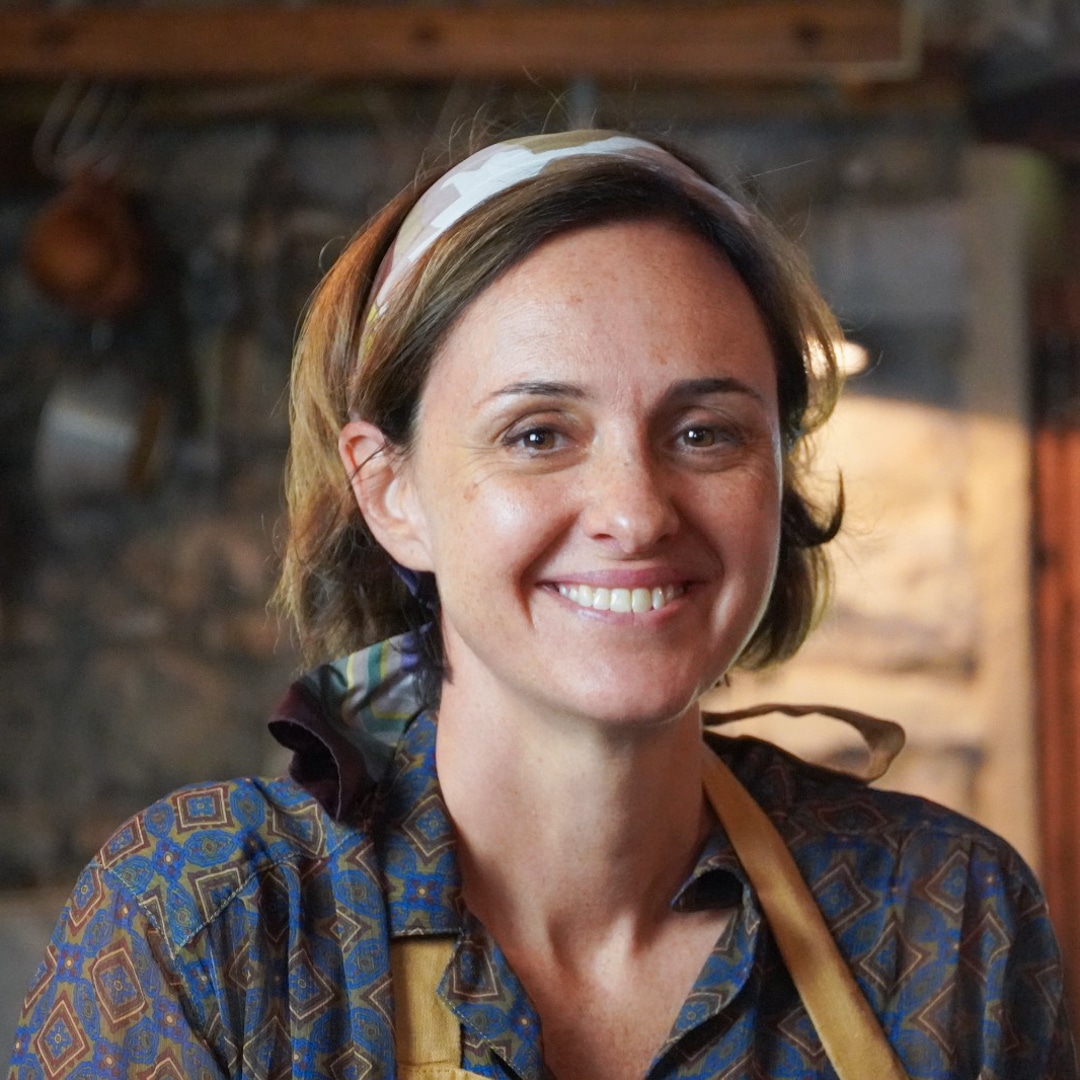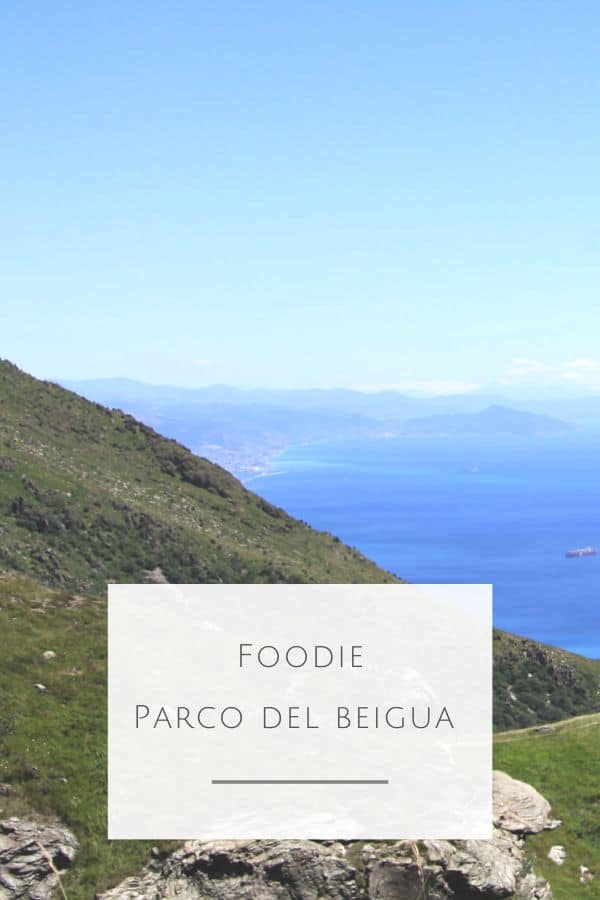Every Italian region has its own cold cuts. Every peasant family, every village, had its recipes handed down from generation to generation to preserve for a long time that pork bred for years in the back yard and then killed just before Christmas.
In today’s post we make a journey through the traditional salami of Liguria (for the sake of par condicio going in alphabetical order)
A simple and brief description, but that can be of help if you are planning some gastronomic trip in our beautiful region and want to discover or recognize in the menus of restaurants the most traditional and representative local products.


Coppa of the Aveto valley and Graveglia valley: the “coppa” as you may already know, is a sausage composed of pork (especially cervical muscles), cylinder-shaped about 10 cm in diameter and 30 cm in length. The slices are dark red with pinkish white veins. The Coppa of Val D’Aveto and Val Graveglia (hinterland of Chiavari and Lavagna) differs from other meats of the same kind for the particularly sweet and delicate fragrance that is refined during maturation. The salting phase is done using mixtures of salts and spices including pepper, cinnamon, nutmeg and cloves. All smells characteristic of Ligurian cuisine that can be recognized at the first taste.

Pork gambit (“Gambetto di mailae”) from Calice al Cornoviglio (La Spezia): it is a very nutritious sausage obtained from the processing of the pork leg and with a particular triangular shape. It is produced by filling the skin of the pork leg with a mixture obtained from the meat of the head, retina and blood with the addition of salt and spices (pepper, cinnamon and nutmeg). Everything is then tied in the shape of a triangle and cooked over a wood fire for about three hours. After that it is left to mature hanging in a dark place for about 30 days before it can be consumed. It is excellent with castagnaccio (also known inland as “panella”) or simply with boiled vegetables.
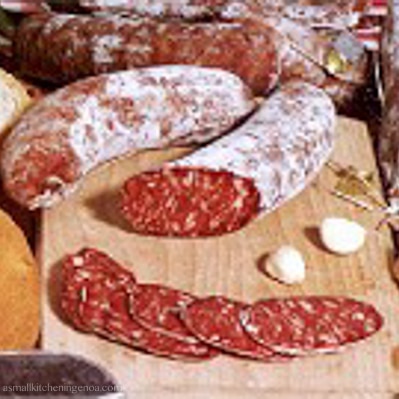
Mostardella: Produced throughout the Ligurian hinterland, mostardella is a typical “salami of the poor” composed of leftovers from the processing of cured pork and beef. In particular, the dough is formed by small ribs, small pieces of meat stuck to the bones and fat, all tied together by wine and seasoned with salt and aromas. It looks like a small hunter of dark red color. It is eaten fresh cut into thick slices, spread on bread, diced in soups or scalded in a pan. It seems that once in the winter months the peasants, not being able to work the land, found employment in the local butchers’ shops receiving as weekly pay a kilo and a half of mostardella and a lira.
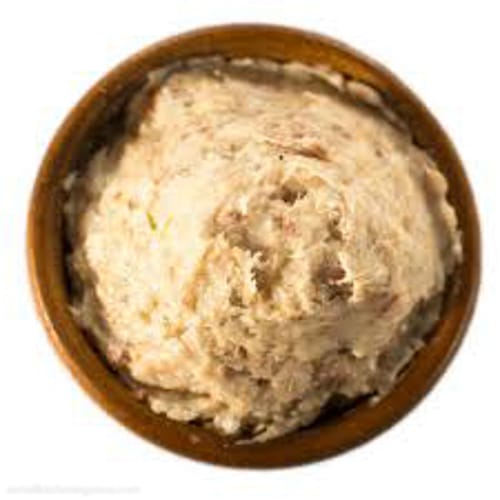
Lard Pate of Castelnuovo Magra and Sassello: it is a product derived from the processing of pork fat that, after a salting of 20 days, is ground until it is reduced to a cream and then sprinkled by hand with aromas, spices and herbs (the mixture of which remains a secret jealously guarded by the two only local sausage factories that produce it). In Castelnuovo Magra (La Spezia) it is packaged in small light sausages, while in Sassello (Savona) it is sold as a spoon cream. It’s a fresh sausage that should be eaten within a month. Best if spread on slices of bread just heated, perhaps accompanied by a good aromatic white wine of the Cinque Terre or a raisin.
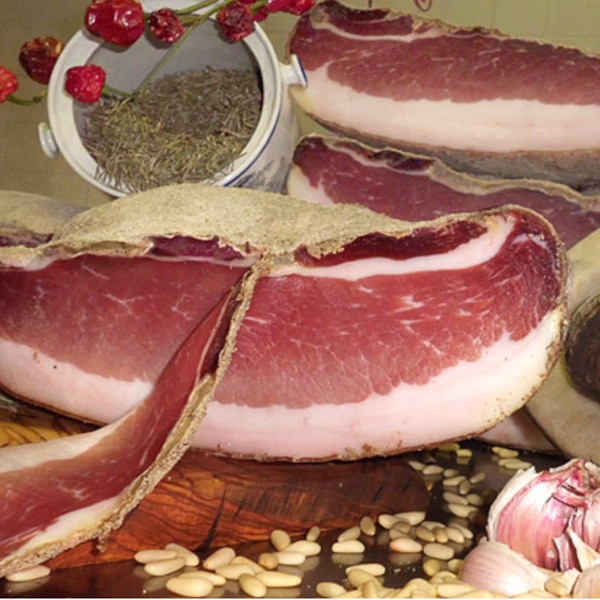
Prosciutta of Castelnuovo Magra: defined by its producers as the “happy wife” of ham, this cold cut – resembling speck but with an unmistakable taste – is the result of the imagination and skill of a family of salami makers from Castelnuovo Magra, that have merged Ligurian and Tuscan traditions to create a sausage with a delicate scent and strong flavor. It’s only made from the thinnest part of the pork thighs that’s pickled in a steel tank, under a weight, and turned around daily. After a week it can be eaten as salted meat. To have the ham, however, the meat is washed, sprinkled with spices and left to mature for more than two months next to aromatic herbs collected in the nearby mountains (including fennel, wild laurel, cedar, tarragon, thyme). It is then “grouted” using its fat and again rubbed with spices. The whole operation is repeated three times to allow the spices to penetrate deeply into the meat. The product can be consumed after about 8 months. It goes wonderfully with chestnut flour bread and well structured red wine.

Salame with lardelli: it s a salami produced in Val d’Aveto and in Val Graveglia (hinterland of Lavagna and Chiavari) based on pork meat. The meat is first cut into strips with a knife and then ground. The fat part is cut into cubes (the lards, actually) then is combined with the meat before adding various spices (black pepper, nutmeg, cinnamon and cloves). The salami sausages, in an elongated form that can measure from 20 to 45 cm, are made to mature hanging in a cool and dry place for about 40 days.

Backed salami (“salame cotto”) of Sassello: it is a sausage whose processing, according to a traditional recipe of the area, is very similar to that of raw salami except the addition of meat derived from the head of the pig. The meat is seasoned with salt, pepper and nutmeg. Then it is packed in beef casings (called pockets) and, after a mild binding, it is cooked in a pot at 70, for 6 hours. . It is then cooled down before being consumed.

Genoa Salame from Sant’Olcese: it is probably the most known Ligurian salami outside the regional borders. Its production dates back to at least two centuries ago, in particular in the town of Oreo, once a hamlet of Sant’Olcese. It is a raw salami made of mixed pork and beef meat with medium-grained dough and with quite large pieces of fat.
After grinding, the meat is manually stuffed and the salami left to smoke for a few days with strong wood smoke (oak and chestnut) before going into the seasoning rooms.
Characteristic aromas of this sausage are garlic and white wine of Val Polcevera. Today it is produced only by three sausage factories located in Sant’Olcese and Oreo.

Sanguinaccio or Berodo: produced throughout the Ligurian hinterland, the berodo, or black pudding, is a salami composed of pork blood (mixed in equal parts with fresh milk), sweetbreads, pine nuts and aromas. Traditionally it was prepared by women and was consumed during the Christmas period, when the pig was killed. It is brown in color. It is kept in the fridge and consumed, after boiling, browned in a pan with onion.

Head in box (“testa in cassetta” or “soppressata“): It is produced in the hinterland of Genoa and Savona. Along with mostardella and salami is one of the oldest regional delicatessen products. The dough is made from the parts of the pig’s head such as tongue, cartilage, rind and guanciale. The processing requires that the head of the pig is boiled with various aromas – responsible of the characteristic aroma (mainly salt, pepper, laurel, rosemary and lemon) – and then boned, the various parts cut into pieces and then amalgamated and put in wooden molds in the form of a trunk (hence the name head in box). After a few days of rest the sausage is ready to be eaten. When cut the slice it looks like a mosaic of many shapes and different colors ranging from pinkish white to red.

Product similar to the Testa in cassetta is Galantina, also called the Genoese ham, for its composition of the most valuable meat of veal and pork and for its delicate taste, also given by the presence of particular aromas, such as pistachios.

Zeraria: it is a processed jelly of pork, typical of the Imperian hinterland. The legs and the pig’s head are boiled for a long time with various aromas that vary from area to area (salt, pepper, laurel, lemon, saffron, juniper berries). Once boiled, they are boned and the meat, cut with a knife, is put inside a box-shaped mould and covered with broth that, once cold, will become gelatin. It is left to rest in the fridge for 3-4 days and then served in slices, traditionally on Christmas Day.
I made you hungry?
Wait to read the one about Ligurian cheeses on-line next month!

